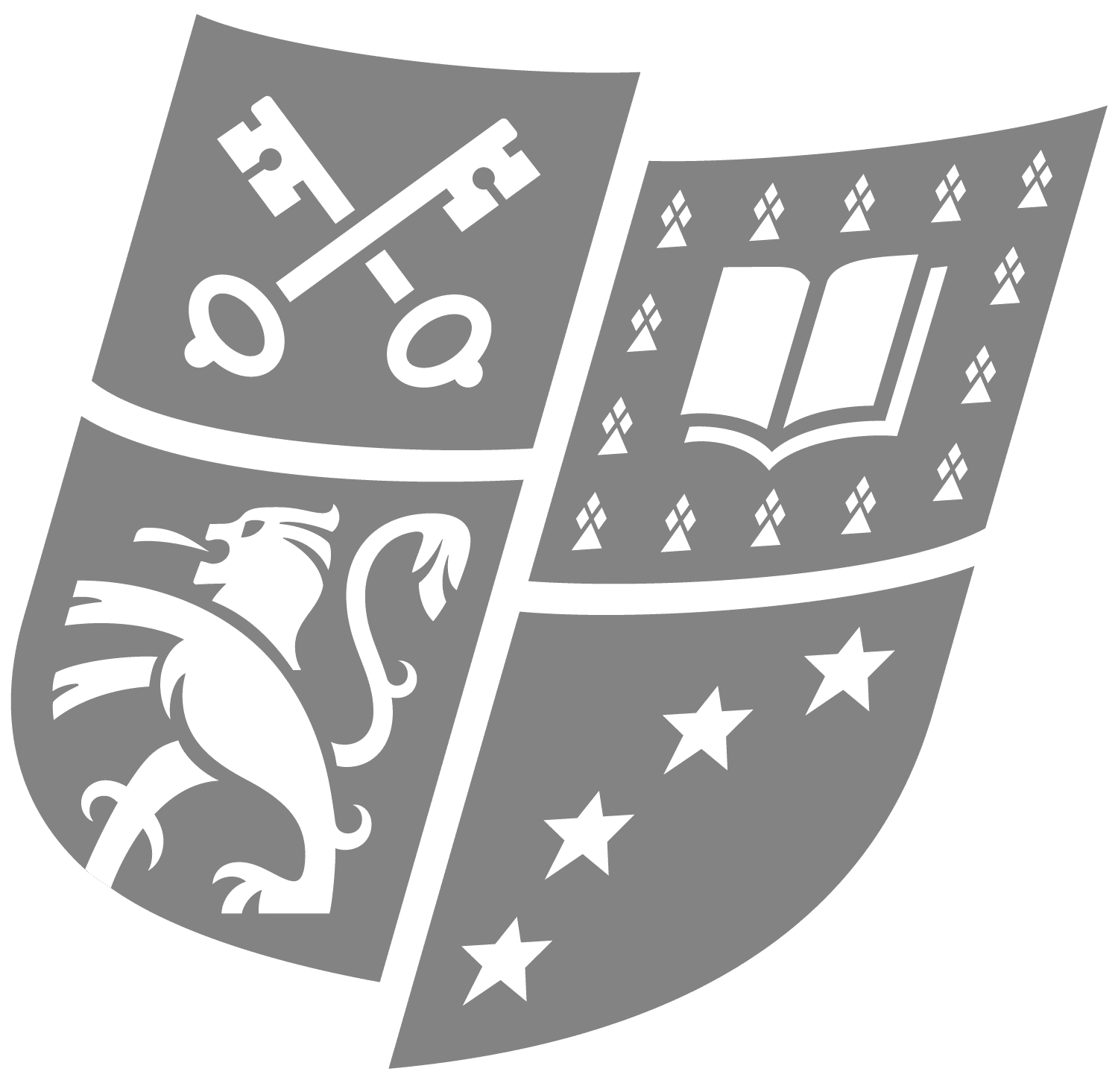
GROUP DECISIONS MAKING AND ANALYSIS FOR MANAGERS
Année du cours : 1 année(s)
Etablissement : IÉSEG School of Management
Langue : English
Formation(s) dans laquelle/lesquelles le cours apparait :
Période : S2
A good working knowledge of MS Excel 2010 and modelling data with formulas. A good knowledge of basic economics principles (marginal utility in particular), basic algebra and familiarity with Cartesian plotting and the reasoning in graphical terms about data.
The course is pitched to be as least technical as possible, concentrating on business aspects and benefits instead of mere technical skills. Yet a certain familiarity as described above is required as there will not be much time to cover all the basics.
The course is also partially based on in-class group exercise (decision project), so it is not for those who like to sit and listen to lessons without participation. An inquisitive mind-set and some curiosity for the topic would help.
Students must deliver any eventual calculation and deliverables subject to grading in MS Excel (Win) and not Apple formats; where necessary student can use school IT facilities as normally available but having only Apple personal laptop is not an excuse.
At the end of the course, the student should be able to:
• Understand the basic principles of multiple criteria decision analysis and its application to a variety of business sectors and industries
• Master simple decision modelling using a spreadsheet
• Understand the practicalities and implications of decision analysis in condition of uncertainty in the real world not just in theory – formulas and complicated algorithms – with an appreciation of the advantages for a business
• Develop an appreciation for the psychological aspects of decision making in business and how these can highly influence mathematical modelling; learn to deal with bounded rationality
• Explore basics of group dynamic in a decisional context and learn practical tips for facilitation of decisional groups
• Perform analysis and issue recommendations for actions of management
• Be an ambassador of group decision techniques in the future workplace, helping to spread this useful practice in time of crisis such as those we are in at the moment, where every Euro counts
• Be a better manager and make better complex decisions with real involvement of your team members
This is a course for those who are interested to explore how companies can reach rational decisions on complex problems, when managers/decision makers operate as a team/group. Participants will learn a structured method by which decisions can be reached without forcing agreement by compromise, so that individual differences in opinions and emotions can be dealt in a respectful manner. This method leads to decisions that are easier to implement as the group can see why and how they have been reached. The decisional models are built with MS Excel, with basic elements of business decision’s psychology and economics that will be all covered in the course. You will learn to build models that are auditable, repeatable and scalable, and that provide further benefits to the organisation that adopt this decisional method. The course also demonstrates how decision can be reached without need for extreme precision in the data available to decision makers. A sizeable part of the course is based on a practical exercise. It can be applied to a variety of sectors (public, private, non-profit) and cases, in two general decision categories:
• Single choices (one option between many) – typical for strategy selection, localization of sites, outsourcing selections and more
• Multiple choices (a mix of options between many) – typical of budgeting, allocation of scarce resources in general and more
Review of the concept of limited rationality
• Introduction to decision analysis
• Structure of decisional processes
• Unaided decision making.
• Introduction to multiple criteria decision analysis;
•single decisions (with practical example developed during lecture)
The class will be split in groups that will work on a practical case given by the lecturer. Students will perform the analysis with MS Excel 2010 (see notes for Mac users) and have the opportunity to live a group decisional process; the results and observations will be summarised by each group using Powerpoint and presented to the class. May require 4 or more out of class hours.
• multiple decisions (shown as summary of a professional application, or Excel if time allows)
•Presentation of results of group work and observations by students
•Cognitive issues that can influence decisions and modelling and facilitation issues (business decisions’ psychology)
•Introduction to group facilitation in the context of Decision Conferencing
•Introduction to a type of problem structuring method (if time allows)
The precise agenda may vary, with slight adjustments and/or overflows between different days, depending on the contingency.
Various anecdotes from different cases/industries will be introduced by the lecturer during the lessons, to enhance particular aspects of ‘real life’ decision analysis.
A project based on a simple business cases (comparable to a more complicated ‘real’ business case) will have to be performed by students divided in groups (size depending on contingency). Any group work will be performed in class. Two-Four hours (individual) revision before the final exam on day 4 should also be plenty if the student attended the previous classes with attention and focus. Highly interactive participation required during the whole course and in particular group work; this will also contribute to cement the learning in view of the final exam.


